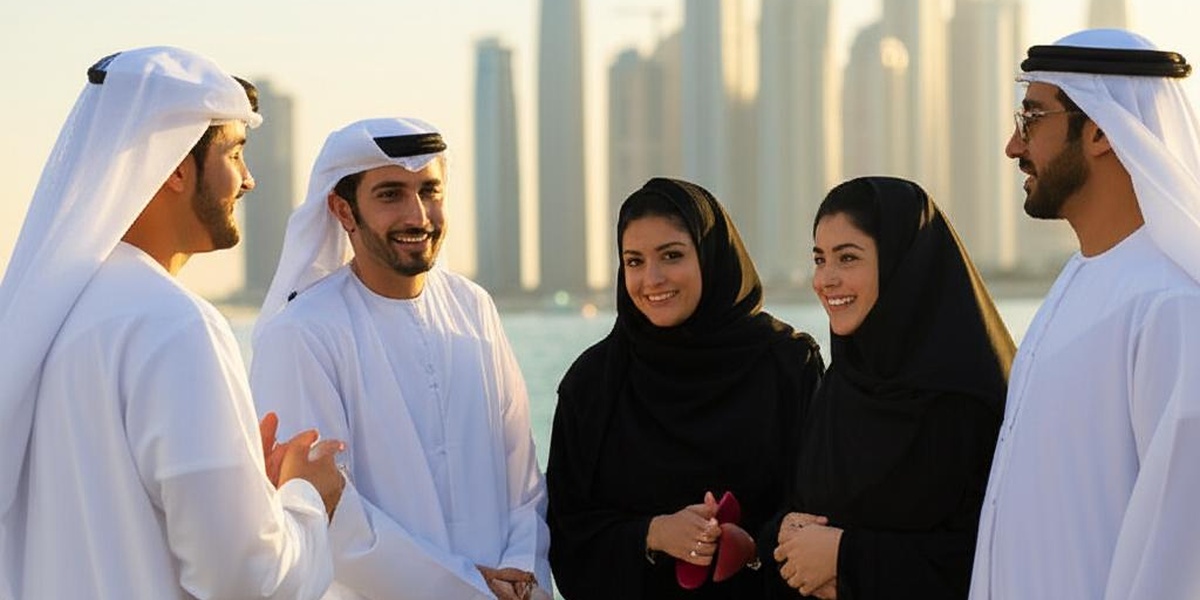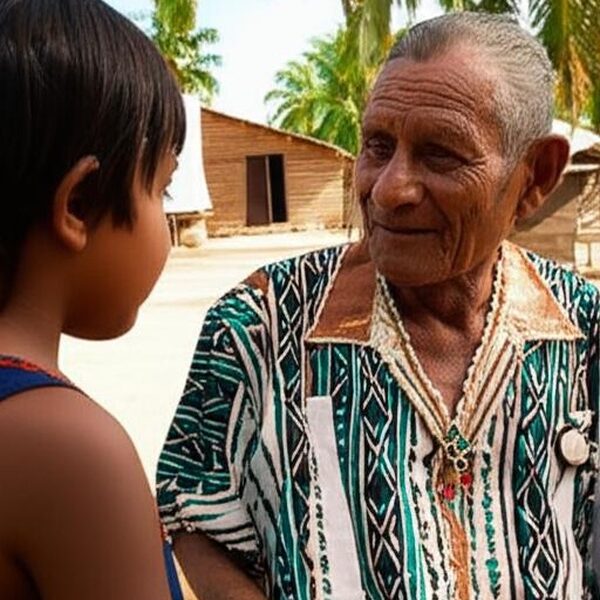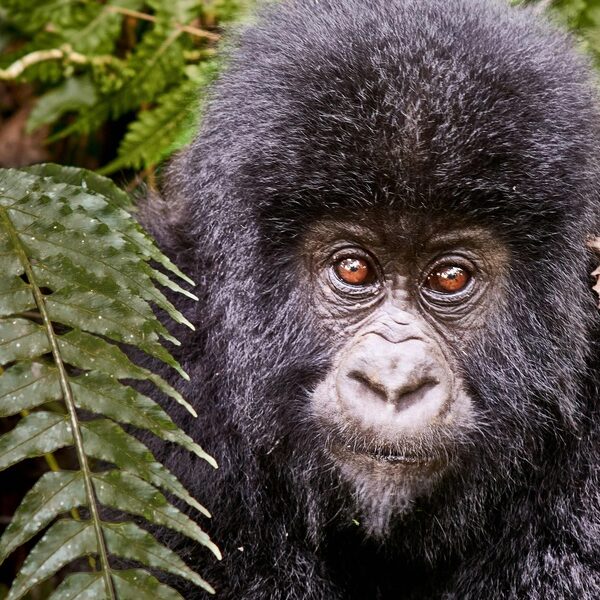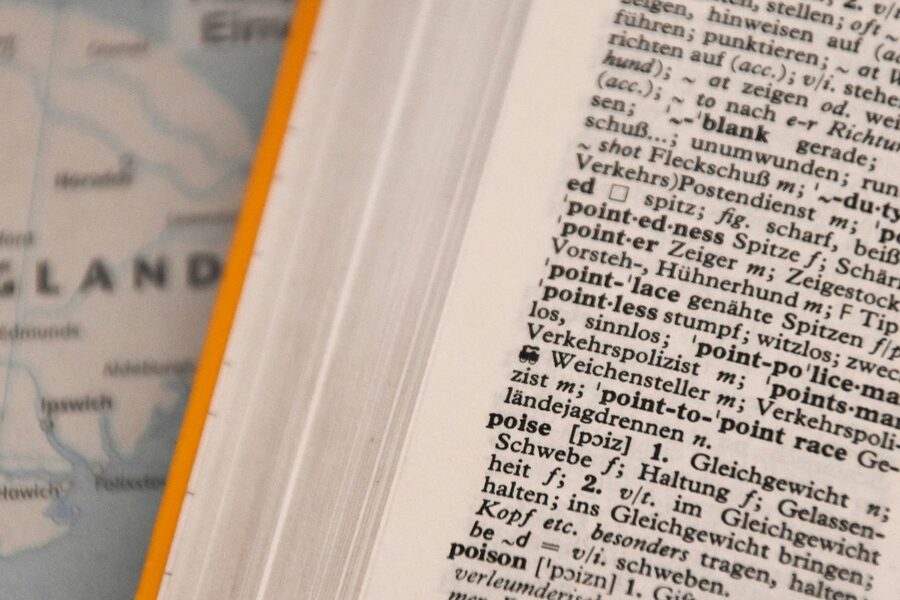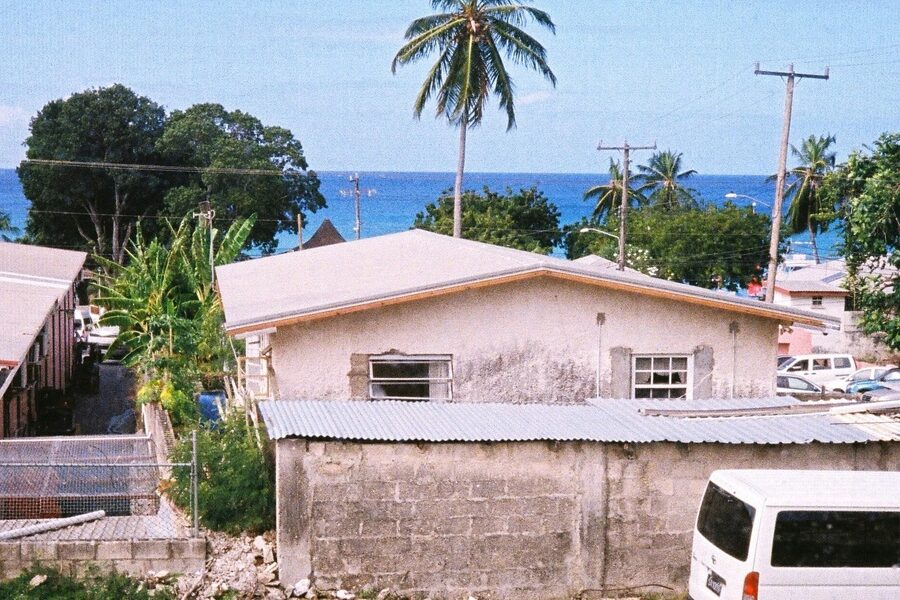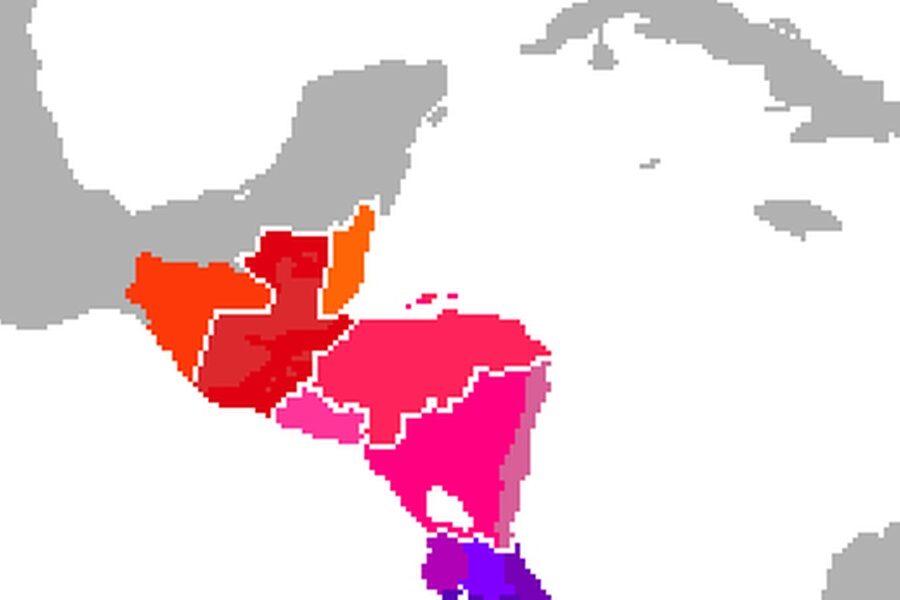The United Arab Emirates is a meeting point of Gulf traditions and global migration, so its spoken landscape reflects centuries of trade, settlement, and modern labor movement. Coastal towns, desert communities and cities each have characteristic ways of speaking that reveal social history as much as geography.
There are 12 Dialects in United Arab Emirates, ranging from Achomi (Khodmooni) to UAE Urdu and covering local Gulf Arabic varieties as well as immigrant languages. Entries below are organized with Region,Speakers,Key features so you can quickly compare where each variety is spoken, how many people use it, and what distinguishes it — you’ll find this information below.
How different are these dialects from one another?
Differences vary: several Gulf Arabic varieties are mutually intelligible with shifts in pronunciation and vocabulary, while languages like Achomi or UAE Urdu come from different language families and can be hard for monolingual Emirati Arabic speakers to follow; the Region,Speakers,Key features columns help highlight degrees of overlap and distinctiveness.
Which dialects should a visitor expect to hear most often?
In urban and commercial centers you’ll mainly hear Emirati and other Gulf Arabic varieties, plus widely used immigrant languages such as Urdu; local dialects persist in specific regions, and the Speakers column gives a quick sense of prevalence so you know where each is commonly heard.
Dialects in United Arab Emirates
| Name | Region | Speakers | Key features |
|---|---|---|---|
| Emirati Arabic (Coastal) | Dubai, Sharjah, Ajman, Umm Al Quwain (coastal/urban) | Local Emirati families, merchants, coastal communities | Long vowels; coastal lexicon; high Gulf intelligibility |
| Emirati Arabic (Bedouin) | Abu Dhabi interior, Liwa, desert communities (inland/desert) | Bedouin tribes, rural Emirati communities | Conservative Bedouin phonology; affrication; tribal lexicon |
| Al Ain Arabic | Al Ain and border oases (inland/oasis) | Oasis families, cross-border communities with Oman | Najdi and Omani influences; distinct inland vocabulary |
| Liwa Arabic | Liwa Oasis and western Abu Dhabi (desert) | Oasis residents, Liwa Bedouin communities | Strong Bedouin phonology; conservative lexicon |
| Shihhi Arabic | Ras Al Khaimah and Musandam (mountain/coastal) | Shihuh tribe, mountain and coastal communities | Distinct phonology; conservative features; limited mutual intelligibility |
| Fujairah Arabic | Fujairah, Dibba, east coast (coastal) | Fishermen, traders, Fujairah residents | Omani influence; maritime lexicon; coastal pronunciations |
| Levantine Arabic | Urban centers (Dubai, Abu Dhabi, Sharjah) | Syrian, Lebanese, Palestinian expatriate communities | Melodic intonation; Levantine verb forms; widely understood |
| Iraqi Arabic | Urban expatriate communities (Dubai, Abu Dhabi) | Iraqi families, businesspeople, workers | Mesopotamian vowels; unique lexical items |
| Balochi (Gulf Balochi) | Port cities and coastal neighborhoods (Dubai, Sharjah) | Baloch diaspora families, community networks | Iranian language; Arabic loanwords; community maintenance |
| Gulf Persian (Ajam) | Coastal merchant quarters (Dubai, Sharjah) | Iranian-origin families, older merchant communities | Southwestern Persian with Gulf lexicon; maritime loans |
| Achomi (Khodmooni) | Coastal trading towns and diaspora neighborhoods | Larestani-Achomi trading families and migrants | Southwestern Iranian dialect; many Arabic loanwords |
| UAE Urdu | Cities, construction hubs, marketplaces (urban/workplaces) | Pakistani and South Asian communities, multilingual workers | Urdu base with Arabic/English loans; lingua franca role |
Images and Descriptions
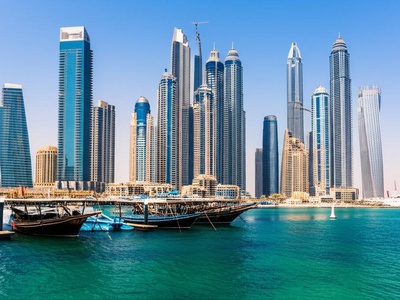
Emirati Arabic (Coastal)
The coastal variety of Emirati Arabic spoken in Dubai, Sharjah and nearby towns. Used by local families and traders, it features elongated vowels, coastal vocabulary and modern urban slang, serving as a clear marker of city-based Emirati identity and social life.
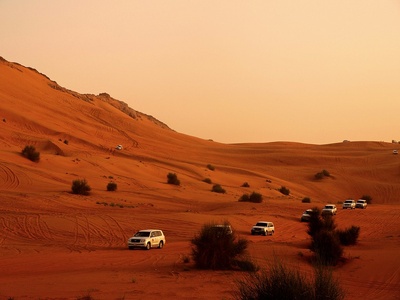
Emirati Arabic (Bedouin)
Bedouin Emirati Arabic is found among desert tribes in Abu Dhabi’s interior and Liwa. Spoken in rural and tribal settings, it preserves conservative Bedouin phonology, unique tribal vocabulary and pronunciation patterns that differ noticeably from coastal urban speech.
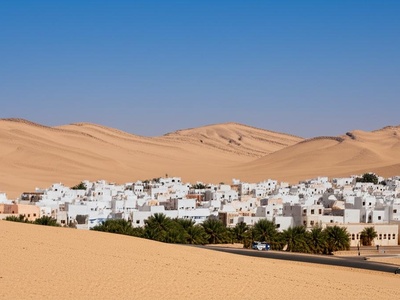
Al Ain Arabic
Al Ain Arabic is the oasis-town variety around Al Ain, shaped by close ties with Oman. Used by oasis residents and merchants, it blends Najdi and Omani features, showing distinctive vocabulary and accent that reflect inland, cross-border heritage.
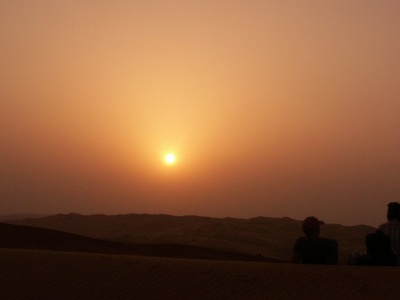
Liwa Arabic
Liwa Arabic is the local desert dialect of the Liwa Oasis and western Abu Dhabi, spoken by oasis inhabitants and Bedouin tribes. It retains strong Bedouin phonological traits and traditional vocabulary, often considered one of the most conservative Emirati varieties.
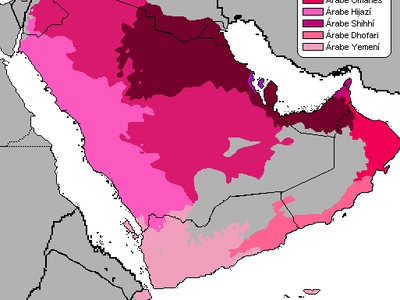
Shihhi Arabic
Shihhi (Shehhi) Arabic is spoken by the Shihuh people in Ras Al Khaimah and the Musandam peninsula. Found in mountainous and coastal settlements, it has distinct phonology and vocabulary with conservative features that can differ from other Gulf dialects.
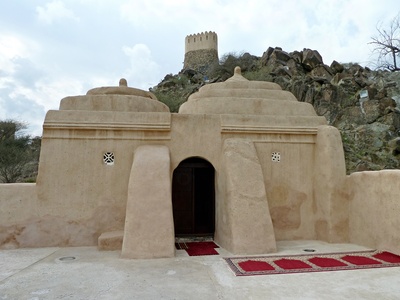
Fujairah Arabic
Fujairah Arabic is the eastern coastal variety used in Fujairah and Dibba. Spoken by fishermen and coastal communities, it shows strong Omani influence, maritime vocabulary and local pronunciations that set it apart from western UAE coastal speech.
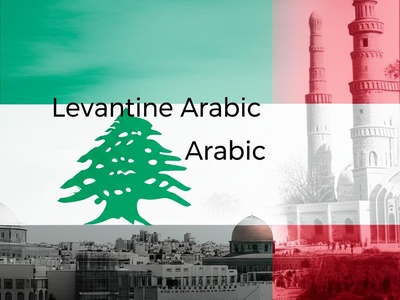
Levantine Arabic
Levantine Arabic is used by Syrian, Lebanese and Palestinian residents across UAE cities. Common in business and social life among Levantine communities, it’s known for melodic intonation, distinct verb patterns and broad intelligibility with many Arabic speakers.

Iraqi Arabic
Iraqi Arabic is spoken by Iraqi expatriate communities in UAE cities. Characterized by Mesopotamian vowel patterns and distinctive vocabulary, it is used in family and community settings and adds to the Emirates’ Arabic dialect diversity.
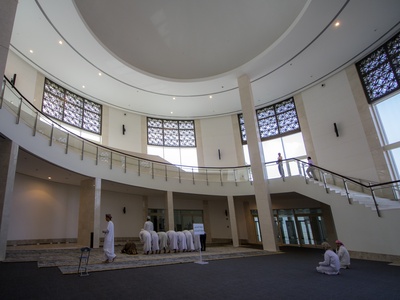
Balochi (Gulf Balochi)
Gulf Balochi is spoken by Baloch communities in UAE port cities and neighborhoods. As an Iranian language, it features Balochi grammar with Arabic borrowings and is maintained through family, cultural associations and community ties.
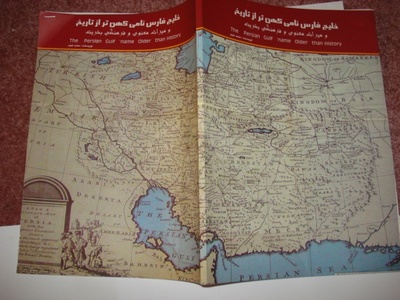
Gulf Persian (Ajam)
Gulf Persian, often called Ajam, is used by Iranian-origin families and traders in coastal UAE towns. This local Persian variety carries Gulf vocabulary and maritime loanwords, reflecting long-standing Iran–Gulf trade relationships and settled Iranian communities.
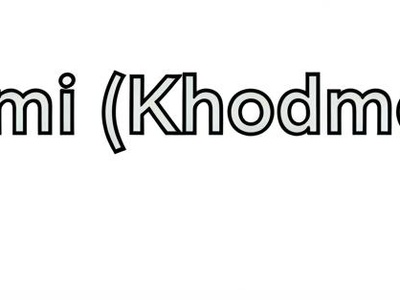
Achomi (Khodmooni)
Achomi, locally known as Khodmooni, is spoken by Larestani migrants and merchant families in Dubai and Sharjah. A southwestern Iranian dialect, it blends Persian structure with many Arabic loanwords and serves as a group identity marker among traders.
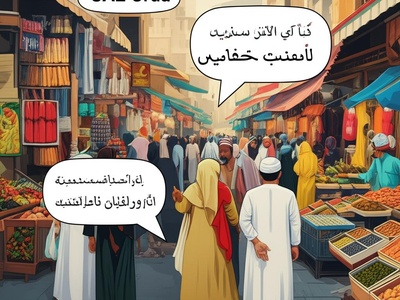
UAE Urdu
UAE Urdu refers to the contact-influenced Urdu used widely among Pakistani and other South Asian communities. It functions as a practical lingua franca in workplaces and markets, often mixing Arabic and English loanwords and adapting to the Emirates’ multilingual environment.

